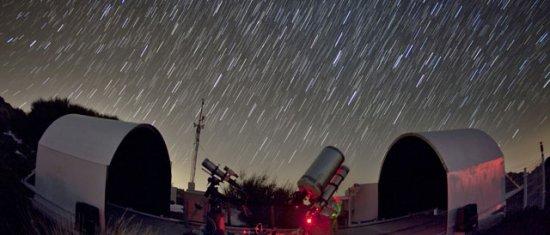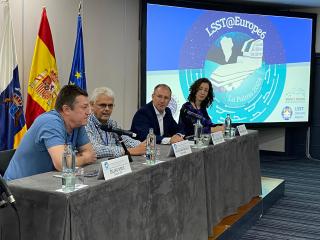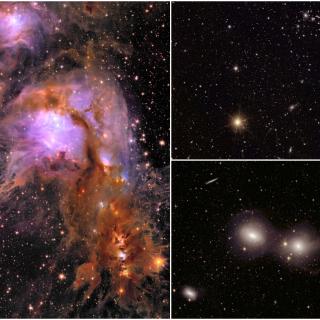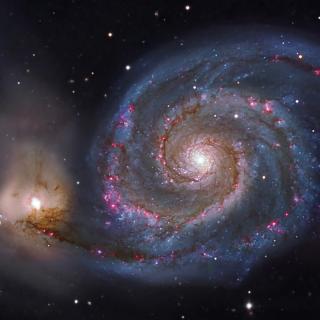The GLORIA (Global Robotic Telescope Intelligent Array for e-science) PROJECT now offers internauts the possibility of studying the sky from professional observatories. To the telescope for solar observations, and the four night-time telescopes previously available in real time, eight further night-time telescopes are being added, for observations programmable through a network which is now fully operational.
“GLORIA (http://gloria-project.eu/ has risen to the Challenger of constructing the first world-wide network of freely accessible telescopes which will allow any user to produce scientific knowledge” points out Alberto Castro-Tirado, a researcher at the Andalusian Institute of Astrophysics (IAA-CSIC) and scientist in charge of the project. “ The Astrophysics Institute of the Canaries (IAC) has participated “ , explains Miquel Serra-Ricart, who is in charge of GLORIA in this institute, “ by providing two robotic telescopes: the solar telescope TAD, which is the only solar telescope in the network, and the night-time TAD, both of which are in the Teide Observatory on Tenerife.
The project, which began in October 2011, incorporates telescopes distributed in three continents: five in Spain, three in Chile, one in Argentina, two in the Czech Republic, one in South Africa, and one in Russia.
The project is based on the concept of collective intelligence: the more eyes that view the sky, the more we can learn from it. The users can investigate as part of experiments already proposed, which include the study of solar activity, and the detection and measurement of asteroids and supernovae, among other projects, or they can propose their own lines of research. They can do this either programming observations and requesting time on the telescopes, or using the GLORIA database, or that of the European Virtual Observatory. All the experiments can be found at users.gloria-project.eu.
The network also offers free software and technical advice for anyone to make their telescope robotic, and connect it to the network, so that a single web access port can Group together numerous telescopes round the world.
Finally the project makes a special point of popularization, and is developing activities to arouse interest in astronomy, above all among young people and children. The wide network of telescopes, and their location in both hemispheres have already allowed GLORIA to transmit events such as the transit of Venus in 2012, the total solar eclipse of 2013, or the eclipse of the moon on April 15th this year, from a number of different points, such as Tenerife and Cuzco (Perú).
GLORIA is a project with three years’ duration, financed by the Seventh Framework Programme of the European Union (FP7/2007-2012) with reference number 283783. The project, which began in October 2011, involves thirteen institutions in eight countries and is led by Spain, with participation from the Polytechnic University of Madrid (UPM) the Andalusian Institute of Astrophysics (IAA-CSIC), the Astrophysics Institute of the Canaries (IAC); the University of Málaga (UMA) and the National Institute of Aerospace Technology via its Centre for Astrobiology (CAB/INTA_CSIC).
More information:
Web of the GLORIA project: http://gloria-project.eu/en/
Video tutorial about the use of GLORIA: http://youtu.be/l8IcB7AD9ws
Video summary of GLORIA: http://youtu.be/9VVhENcUK6M
CONTACT:
Contacto: Miquel Serra-Ricart (mserra [at] iac.es (mserra[at]iac[dot]es)), tel: 922605750, 649848305)



